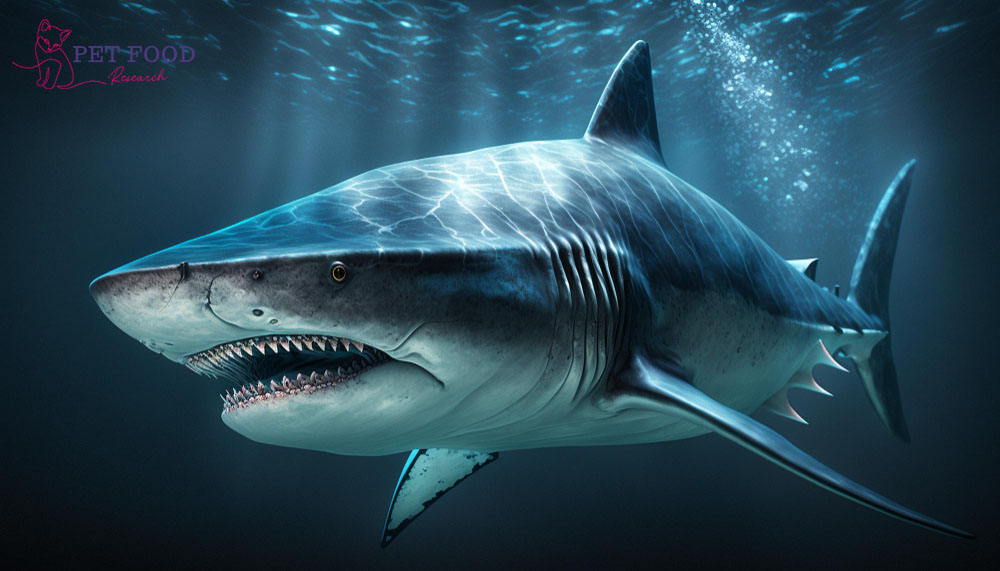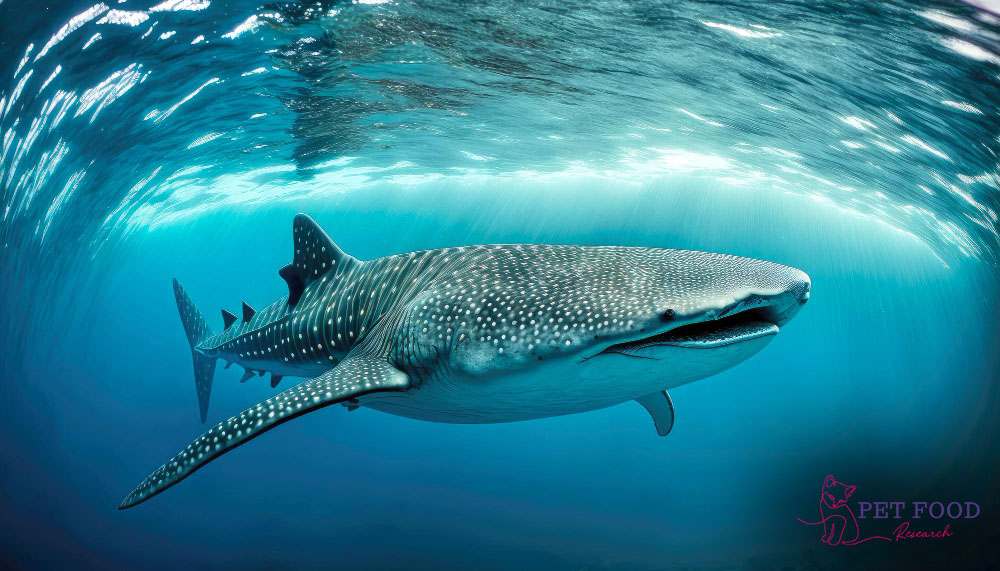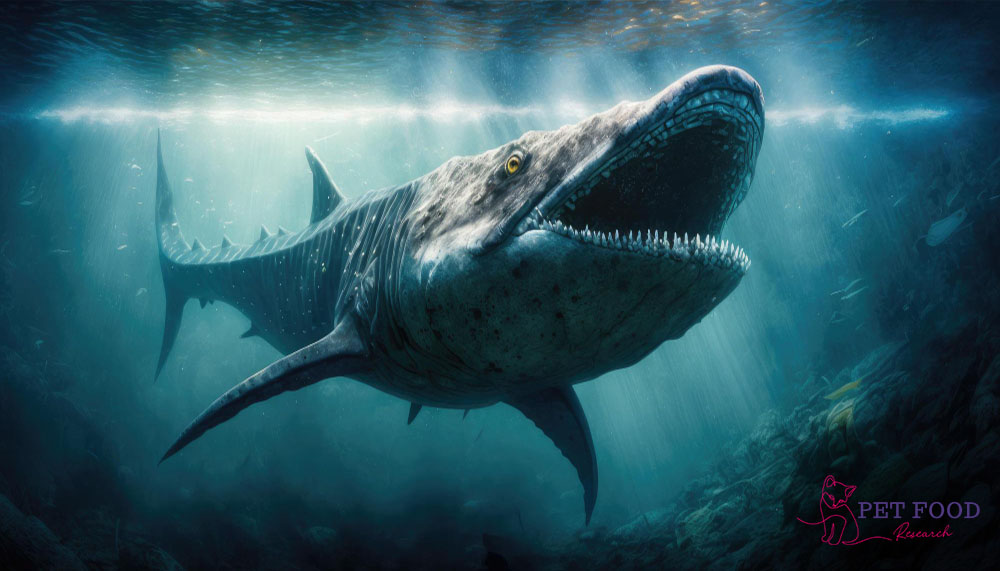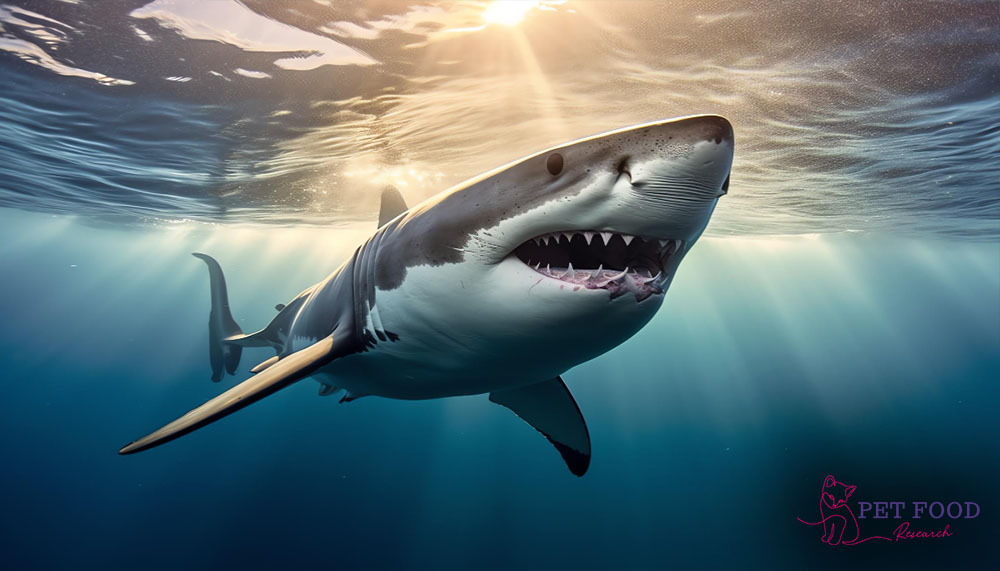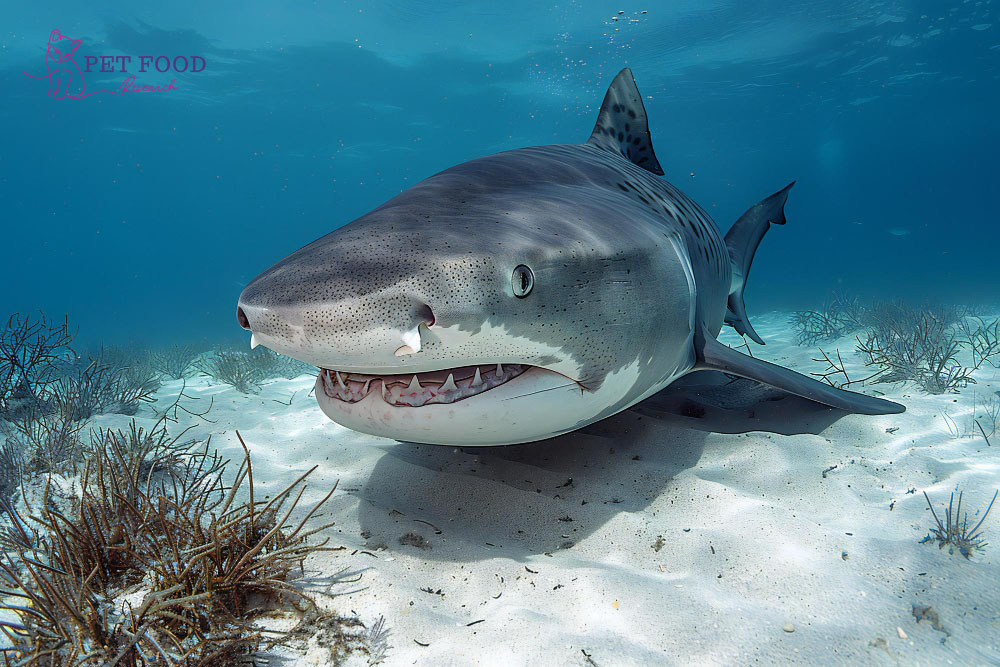The bull shark or the Zambezi shark, also nicknamed as Zambi (Carcharhinus leucas) is well recognized due to its aggressive nature and adaptation to diverse environments. It can be found in both freshwater bodies as well as marine water. It shows dynamic behaviors like aggression, predation, and various feeding attitudes. In this article, we will dive into the world of bull sharks and unveil its truth.
Habitat Bull Shark
The bull sharks found their habitat in tropical and subtropical water bodies. They mostly inhabit in Pacific and Atlantic oceans and coastal water bodies of America, Africa, andAustralia. The bull sharks are adaptable to various habitats including marine, coastal, and fresh river waters. In marine waters, they find their habitat near the coast in shallow and warm water where they can get abundant prey like coral reefs and mangroves. They also have a unique ability to survive in freshwater bodies by maintaining their internal salt mechanism in low-salinity environments. This trait makes them different from other species of sharks.
Visual Attributes
Bull sharks possess wide, muscular, and cylindrical bodies. Their large and strong figures help them in rapid swimming and strong predation making their prey exposed, threatened, and helpless in front of them. They have a unique color pattern, onthe dorsal side they show gray or light brown color while, on the ventral side they show white color that masks their presence in the water by reflecting the color like water waves.
Bull sharks are medium to large, mostly females are even larger than males and grow upto 10 feet. While males grow upto 8 feet. Their bulky bodies make them dangerous predators. The bull sharks have three-cornered and uneven teeth to hunt and tear up the flesh of prey. They help them in rapidly crushing the variety of prey and effective feeding practices. The bull sharks can replace their teeth occasionally for proper feeding and hunting.
The bull sharks also possess an ability of electroreception by which they can detect the electric signals of the other marine animals and fishes and prey on them. They have specialized organs called ampullae of Lorenzini for electroreception.This technique is mostly used in misty water bodies where there is less visibility of the prey like river mouths.
Moreover, the bull sharks are the most aggressive species of the sharks. They show angerand violence while competing for food and in shelter disputes. They prefer to live in areas where more prey is available and fight with other sharks if they invade this area. They are also anti-social and lonely creatures and communicate or give signals only during mating or when ample food or prey is available.
Dietary Behavior
The bull sharks have an aggressive feeding attitude. They attack their prey suddenly without letting them know and their color pattern assists them in this hunting. Their strong jaws and triangular teeth help them in attacking a huge variety of prey. They have diverse dietary behavior and it mostly depends on their living environment, geography, and prey accessibility. In marine and coastal water bodies, they hunt for large fishes like bony fish and other small sharks.
Their large size allows them to hunt prey and makes them harmful predators. Meanwhile, bull sharks are also capable of surviving and preying in freshwater bodies like rivers. They can feed on the prey that is available there like small fishes, turtles, flying birds, or small river mammals. Another eating behavior called scavenging behavior is shown by the bull sharks where they can eat carrion or dead animals if the live prey is not available. This shows they are adaptable to different environments and can fulfill their appetites in either way.
Reproduction
The bull sharks show introverted behavior but communicate with fellow bull sharks for mating purposes. They are sexually mature after 2 years and upto 4 years. Males get sexually active earlier than females and have smaller sizes. While the females grow more and become lengthy than males when get sexually mature and active. Their gestation period is also long and goes around 10 to 11 months. The female bull sharks give birth to the babies in shallow and protected water where there is less danger of predators and ample food and prey are available.
The bull shark pups are about 24 to 30 inches long at the time of birth. They are susceptible to harm so they remain under shallow water in the protected habitats. But their teeth are fully developed within a few days which enables them to hunt and eat the small prey.
Conservation
Climate change and various human activities like habitat destruction, overfishing, and pollution of water bodies pose a threat to the survival of bull sharks in our ecosystem. They are mostly targeted due to their fins which are also used in shark fin soup in various countries. Their meat is also used in different fish products. Altogether, water pollution and coastal development lead to their habitat loss and make them deprived of shelter and food.
Some efforts are taken for their conservation and protection. The protective strategies of bull sharks include habitat preservation, rules and regulations on shark fishing to avoid overfishing and education and counseling of people about the preservation of bull sharks. Many organizations are working together to minimize the threat to bull sharks due to human activities as their conservation is necessary for the maintenance of our ecosystem.
Conclusion
Bull sharks are the large, aggressive, and isolated creatures among the shark species. They live alone and do not communicate with other fellows unless for mating purposes or due to clashes. They can survive in both marine and freshwater bodies due to their adaptability in different environments. They can feed on a diversity of diets including small sharks, large and small fishes, turtles, coral reefs, and others. They compete for prey and dispute with other sharks over food and habitat. They make an important component of our ecosystem and their preservation and conservation are crucial.
Also Read : Petfoodresearch


